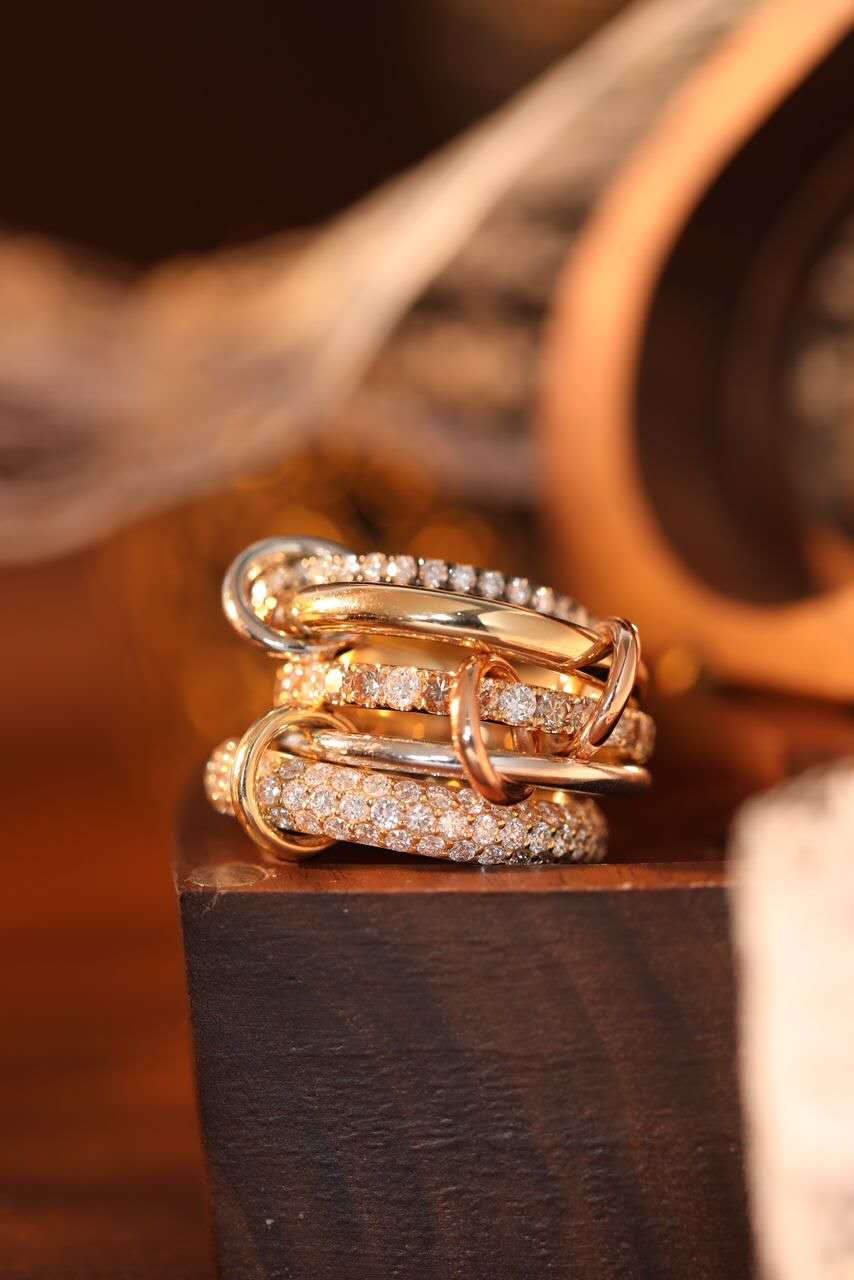Transitional Cut VS Old European Cut
Transitional Cut and Old European Cut are two common cutting methods in the gem industry, and they have some different characteristics.
Transitional Cut refers to the cutting method used in the transitional period between the Old European Cut and the modern round cut. This cutting method appeared from about 1910 to 1940. Transitional cuts retain some of the characteristics of older European cuts but gradually introduce some elements of modern cutting techniques.

Compared with the old European cutting, transitional cutting has the following characteristics:
Facets and Symmetry: Transition cuts use more facets to make the diamond more beautiful when light hits it. It is also more precise in symmetry than the old European cut.
Horizontal hedging: Transitional cutting pays more attention to horizontal symmetry in the left and right sides of the cut. This adjustment allows the diamond to better utilize light and display sparkle.
Size and weight: Compared with the old European cut, the transitional cut pays more attention to the balanced distribution of weight and size. This makes the size of diamonds more in line with modern people’s aesthetic requirements.
The Old European Cut is one of the earliest cutting methods used over the past few centuries. It has the following characteristics:
Facet structure: Old European cuts usually use fewer facets, generally 58 faces. It has a smaller number of facets than modern round cuts and therefore does not maximize the use of light as modern cuts do.
Shape and Symmetry: Old European cut diamonds have a slightly irregular shape, giving them a rounder appearance. Due to the limitations of production technology, its symmetry may be relatively low and exhibit individual characteristics.
Optical Effect: The optical effect of Old European cut diamonds is softer, giving off a warm and attractive light. It doesn't shine as brightly as modern cuts, but it shows the charm and unique style of traditional jewelry.
In summary, the Transition Cut and the Old European Cut are two common cuts found in the gem industry. The transitional cut is a transitional cut between the old European cut and the modern round cut, combining characteristics of both. The Old European cut represents the classic cutting method in history, with a strong tradition and unique appearance.
